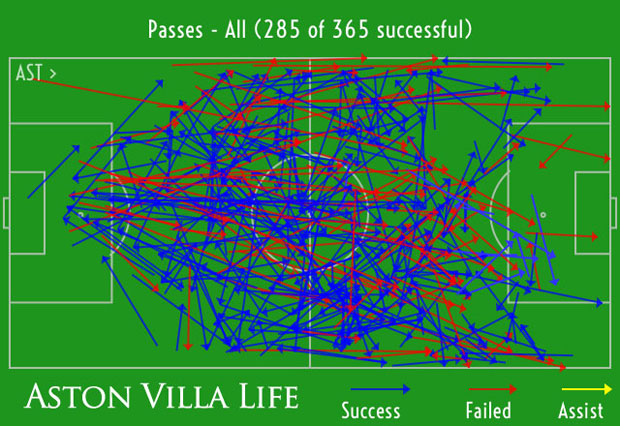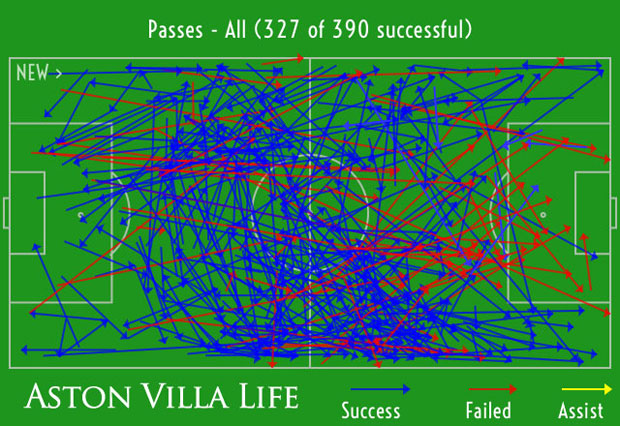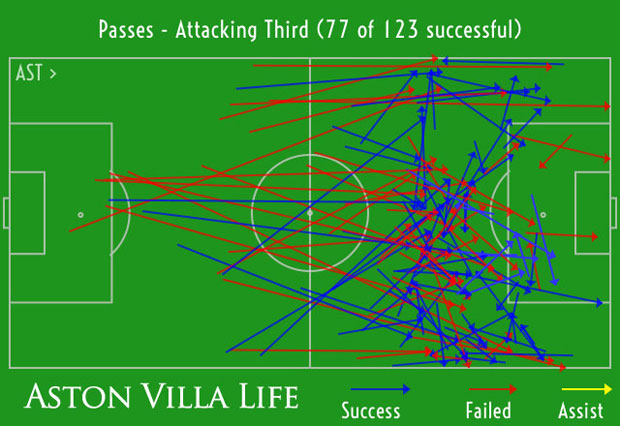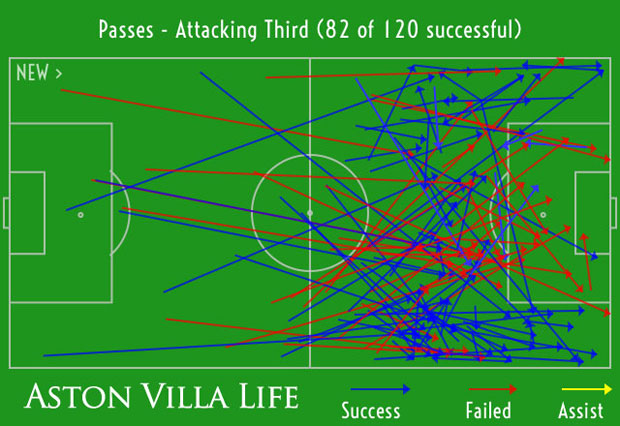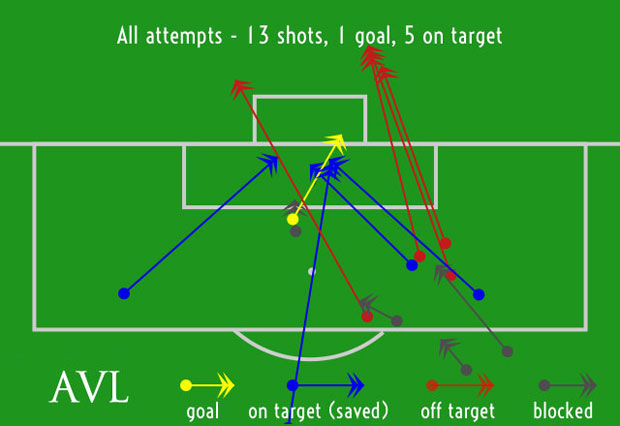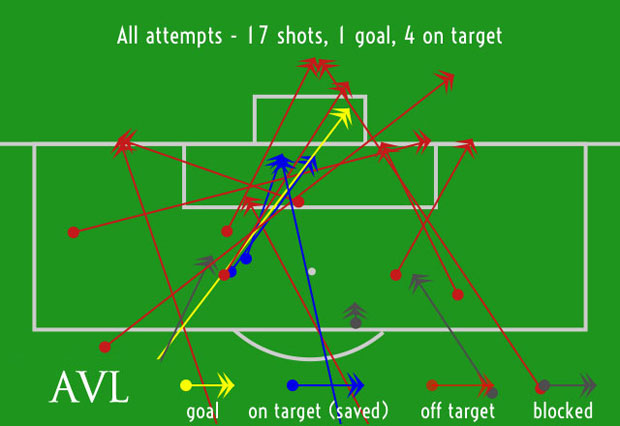

With Aston Villa surprising some and taking a point away from the Sunday encounter with Newcastle United, glimmers of a new era began to shine through. For Paul Lambert, this display was heartening as his players started playing the game how he wanted to rather than how they had decided to.
Villa’s issues in the past seasons have been about unruly behaviour. Whether the problems were based around players drinking too much and ending up in the papers, or by ignoring managerial direction, it’s been clear to see that Villa’s squad has been rife with people more interested in themselves than the team.
The appointment of Lambert, a man known for his disciplinarian style, signalled the end of the board’s tolerance of such amateurish attitudes with last season’s debacle illustrating a distinct need to change things up.
In the transfer window, Lambert has strengthened his options with more ball playing players as well as putting more meat on a squad meaning that players won’t just be playing because there simply are no other options. The instructions are simple for those under Lambert – do it how I tell you to do it or you’ll soon be finding yourself another club.
Getting back to the game, the passing and movement across the team was positive. Villa’s midfield, previously locked in a defensive stance was more advanced, more concerned with imposing their will on the game rather than being merely reactive.
Such a chance couldn’t come soon enough as I’ve lost count of times in terms of articles I’ve written about Villa needing to press teams, to force them to make mistakes, and to work harder all across the pitch. Against Newcastle, it happened.
Getting into the statistics, Villa didn’t complete as many passes as Newcastle, nor did they attempt to but passes alone are not an indicator of success. For anyone seeking further evidence of that, I suggest you review my piece looking at Villa’s away day against West Ham on the opening day.
Below the graphic illustrates that Villa were ploughing through across the whole front line with a small inkling of a gap on Villa’s left hand side as they attacked Newcastle, something I will come on to later.
Looking at Newcastle’s total passes. there is a mass of red arrows in the middle of Villa’s box. This goes to show that Villa’s defensive unit in the middle – the newly formed axis of Ciaran Clark and Ron Vlaar – were acting like the proverbial concrete wall stopping Newcastle from getting directly into the area down the middle, but also because Villa were playing with a flat and narrow box midfield in front of the centre of defence.
Eagle eyed viewed will notice that there is a strong number of passes on the right hand side in the second third of the pitch, and this was the impact of Hatem Ben Arfa’s movements and pushes through the right, coupled with Yohann Cabaye’s distribution from the middle.
As I said I would come back to an earlier point, Ben Arfa’s impact was the difference for Newcastle as Villa’s defence had shut down central options for the most part as the passing charts show.
In terms of what Villa could have done better is to try and control Ben Arfa, but with the team occupied with controlling Demba Ba and Papiss Demba Cisse successfully, it was perhaps understandable that Newcastle’s only options came from deeper players.
Getting into the specifics of the attacking third passes, Villa managed slightly more passes than Newcastle but with a lower completion rate, though the variations between the two teams were minor at best.
For Villa, their attacks showed more passes going down their right, the opposite side to Ben Arfa, and illustrating that attacks seemed to do better going through the side controlled by Jonas Gutierrez. This is shown below:
Newcastle’s attacks were distributed across the whole front of their attack but, as their total passes graphic illustrates, they found it very hard to penetrate Villa centrally due to the away team’s ability to compress their midfield deep and dominate the middle. Villa managed to restrict Newcastle’s attempts to free kicks and moments of magic, the latter of which being how the home team got their goal. Below are the full graphical statistics for the Newcastle attacking third passes:
Finally, we can look at the shots each team had on target. Newcastle managed more shots overall though Villa had more shots on target which is the better indicator of how a team is actually performing – shots are great, but they don’t go in if they aren’t on target.
Villa’s shots came from a variety of areas with the away team having four of the top five shot takers – Ciaran Clark, Darren Bent, Andreas Weimann, and Stephen Ireland. Only Hatem Ben Arfa was in the top five from Newcastle’s team, though he was firmly positioned in the number one spot. Villa’s shots are illustrated below:
Newcastle’s shots illustrate how many times they were frustrated by a solid central six players fielded by Villa with central players often pushing Newcastle off target and restricting chance to long shots and free kicks. Newcastle’s shots graphic is below:
Overall, Villa have much to be happy about. Bent, often cutting an isolated figure in previous matches was showing more signs of coming deeper to affect attacks, resulting in a more linked up team and one that is not relying on aimless 20 yard punts to Villa’s number 9.
Starting with the next game, I will be expanding my Talk Tactics section into some new areas that I hope you enjoy but you’ll have to wait to see what I have in store for you all.
In the meantime, what did you think? How did Villa’s performance differ from how you’ve seen them play this season or previous to that? Does the Newcastle result provide you with more positives or negatives? Leave your thoughts below.
Podcast: Play in new window | Download
